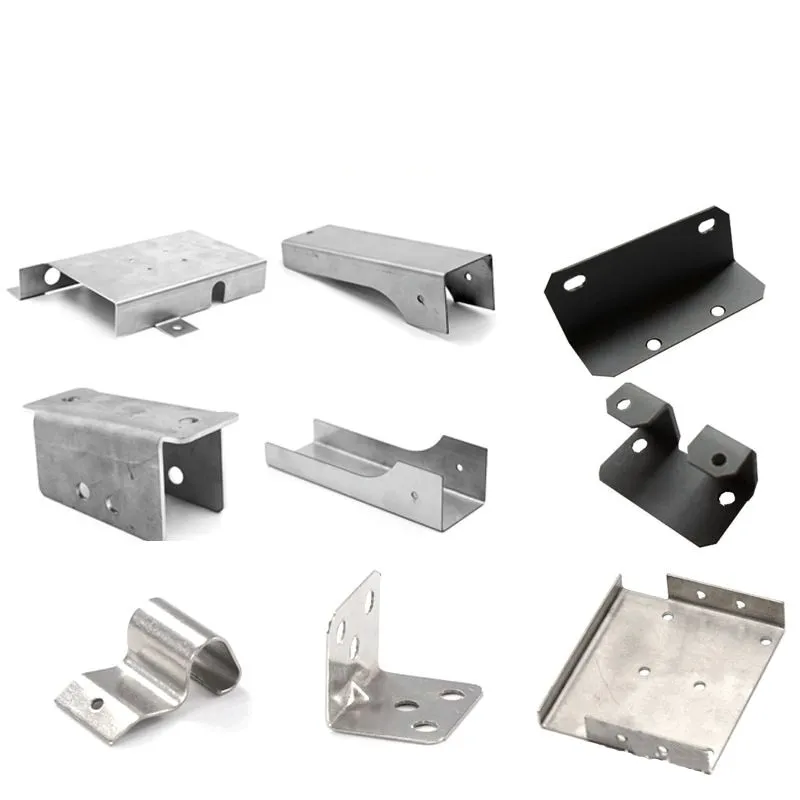- English
- Español
- Português
- русский
- Français
- 日本語
- Deutsch
- tiếng Việt
- Italiano
- Nederlands
- ภาษาไทย
- Polski
- 한국어
- Svenska
- magyar
- Malay
- বাংলা ভাষার
- Dansk
- Suomi
- हिन्दी
- Pilipino
- Türkçe
- Gaeilge
- العربية
- Indonesia
- Norsk
- تمل
- český
- ελληνικά
- український
- Javanese
- فارسی
- தமிழ்
- తెలుగు
- नेपाली
- Burmese
- български
- ລາວ
- Latine
- Қазақша
- Euskal
- Azərbaycan
- Slovenský jazyk
- Македонски
- Lietuvos
- Eesti Keel
- Română
- Slovenski
Can laser cutting technology be divided into four different categories?
2024-09-27
Laser cutting technology can be classified into four different categories: laser vaporization cutting, laser melting cutting, laser oxygen cutting, laser scribing, and fracture control. PVD stands for physical and vapor deposition process. PVD coatings are generated under relatively low temperature conditions.

1. In the laser vaporization cutting process, a high-energy-density laser beam is used to heat the workpiece, which causes the temperature to rise rapidly and reach the boiling point of the material in a very short time, causing the material to begin to vaporize and turn into steam. When the vapor pressure exceeds the maximum compressive stress that the material can withstand, cracks and ruptures will occur. The steam is ejected at a very high speed and cuts into the material during the ejection process. When the steam mixes with air, it generates huge pressure and heat. Since the vaporization heat of the material is usually high, the laser vaporization cutting process requires a lot of power and power density. Because the laser generates intense heat, metals can be cut quickly with very little energy. Laser vaporization cutting technology is mainly used to cut very thin metal and non-metal materials, such as paper, cloth, wood, plastic and rubber. Laser vaporization technology concentrates energy into a very small area and cools it quickly, thereby achieving partial or entire surface processing of the workpiece.
2. Use laser for melting and cutting operations. Since the laser produces a strong thermal effect in the molten pool, the molten material can be quickly converted from solid to gaseous. During the laser melting and cutting process, the metal material will be heated by the laser to a molten state, and then non-oxidizing gases such as argon, helium, and nitrogen will be released. Under the irradiation of the laser beam, a large number of atomic diffusion layers are generated on the surface of the molten metal, causing its temperature to rise rapidly and stop rising after reaching a certain height. By using a nozzle coaxial with the beam for injection, the liquid metal can be expelled under the strong pressure of the gas, thereby forming an incision. Under the condition of constant laser power, the surface roughness of the workpiece gradually decreases as the working distance increases. Laser melting and cutting technology does not require complete evaporation of the metal, and the energy required is only one-tenth of the energy required for evaporation cutting. Laser melting and cutting technology is mainly used to cut metal materials that are not easy to oxidize or are active, such as stainless steel, titanium, aluminum and their alloys.
3. The working principle of laser oxygen cutting is similar to that of oxyacetylene cutting. When welding in the air, oxygen is used to heat the surface of the workpiece to be welded, so that it melts and vaporizes to form a molten pool, and then the molten pool is blown out through the nozzle. The equipment uses laser as a preheating heat source, and selects oxygen and other active gases as cutting gases. During the cutting process, the metal powder is vaporized by applying a certain pressure to the surface of the workpiece. On the one hand, the injected gas reacts chemically with the cut metal, resulting in oxidation and releasing a large amount of oxidation heat; at the same time, the molten material is vaporized by heating the molten pool and brought into the cutting area, thereby achieving rapid cooling of the metal. From another perspective, the molten oxide and melt are blown out of the reaction area, resulting in gaps inside the metal. Therefore, laser oxygen cutting can obtain a workpiece surface with high surface quality. Since the oxidation reaction generates a lot of heat during the cutting process, the energy required for laser oxygen cutting is only half of that for melt cutting, which makes the cutting speed far exceed that of laser vaporization cutting and melt cutting. Therefore, when using a laser oxygen cutting machine for metal processing, it can not only reduce energy consumption but also improve productivity. Laser oxygen cutting technology is mainly used on easily oxidized metal materials such as carbon steel, titanium steel and heat-treated steel.
4. Laser scribing and fracture control Laser scribing technology uses high-energy-density lasers to scan the surface of brittle materials, evaporate these materials to form fine grooves, and make the brittle materials crack along these grooves under the application of specific pressure. Laser scribing can be performed in pulsed or continuous wave mode, or with narrow pulse width lasers. Modulated lasers and CO2 lasers are common types of lasers used for laser scribing. Due to the low fracture toughness of brittle materials, the laser cutting process needs to be improved to improve the processing quality. Controlled fracture is to generate local thermal stress in the brittle material by utilizing the steep temperature distribution generated during the laser grooving process, so that the material breaks along the small grooves.

